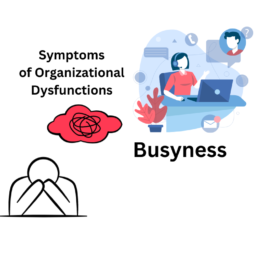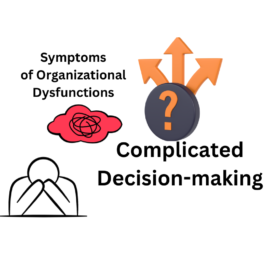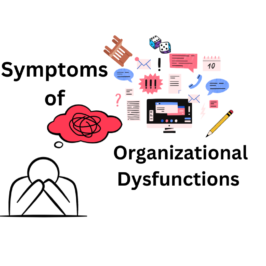One of the things I enjoy most about my work is the diversity in the types of projects I get to do. Several years ago I completed a food safety related project for the Minnesota Department of Health’s Environmental Services Division; the project involved creating an illness awareness curriculum to encourage restaurant managers and their employees to adhere to food code policies in their work practices. (The goal was to decrease the number of foodborne illnesses.) My client there has since moved on to the University of Minnesota, and has asked me to draft a proposal to conduct a needs assessment of safety-related training conducted throughout the University.
It’s been a while since I did any work in safety, but that’s OK. I have confidence in my understanding of the needs assessment process, and the ability of that process to capture needed information, regardless of the content area. You may know that needs assessments are used to identify the training and non-training related factors associated with employee performance challenges. Notice the emphasis on non-training related challenges. The temptation, I think, is to use training as a cure-all when there is a gap between the way in which we want employees to perform and what they actually do. But that’s not always the right intervention.
As my client and I sat outside at a local restaurant, enjoying one of the last warm days before the first Minnesota frost, I talked about my thinking. The field of human performance technology acknowledges that formal training is often a small part of effectively addressing performance needs. There are often a number of other factors at play. The table below identifies four key areas that often contribute to employee performance challenges:
|
Skill/ Knowledge Discrepancies |
Discrepancies between optimal and current skill and knowledge are one of the causes of performance problems. Employees may lack the skills and familiarity to do the job. |
|
Environmental Flaws |
Environmental flaws mean that employees do not have the optimal tools, forms, or work space to enable them to perform successfully. |
|
Management Issues |
Management issues can also cause performance problems. These issues include inadequate reward and feedback systems, performance evaluations which do not include all aspects of work performed, and inadequate communication methods. |
|
Low Motivation |
Employees with low motivation are one of the causes of performance problems. They do not see the value of doing what needs to be done, or lack the confidence to do it. |
So training works well when it’s an issue of what an employee can’t do; they just don’t know how to do it. Training is not the appropriate intervention if something else is at play; maybe there’s not enough coaching and feedback (management), the tools available are insufficient, or there’s a lack of motivation (a compensation issue perhaps). In those cases another intervention is needed.
I’m excited to start drafting my proposal, and to think about the best methodology for conducting the needs assessment. But whether that assessment includes interviews, surveys, a review of existing training or whatever, I’ll make sure that the research design explores all of the potential performance inhibitors.






